I discovered via the Forgotten Weapons patreon page that the UK NRA were going to be holding a WW1 style rifle competition at Bisley on the 10th of November 2018 and Ian was planning to be in attendance. I had done a very small amount of competitive shooting through the military before, but never outside of work as I don’t personally own any firearms. It’s quite a lengthy and complex process to obtain a Firearm Certificate for anything other than a shotgun with a max capacity of 3 rounds here in the UK and even with the Section 1 Firearm Certificate you’re not able to own self-loading pistols or rifles in any cartridge more energetic than .22LR. When I saw Lee-Enfield rifles were available to simply rent for the day of the match however, it seemed like all the pieces were falling in to place. After all the 100-year anniversary of armistice day only comes around once.
There’s an awful lot of things I could write about with relation to this day because it was quite a day to say the least, but I’ll try to focus on some basics of competing in rifle competition at Bisley, my experience of the No1 SMLE and the gear I was wearing/using during the event to try and keep myself as comfortable as possible. This blog will also be quite heavy on the imagery, seeing as a picture paints a thousand words. Special mentions to my buddy Ivan of KitBadger.com for the loan of the USMC issued Urban-T pattern BDU trousers I wore for the day and also to my mate Sid who I was shooting alongside, took a lot of these pictures and toughed out the entire event in the cold rain wearing basically just a desert climate uniform of the period.
I was up at 5 since match registration opened at 7am. Signing-in was followed directly by a fairly lengthy service of remembrance and commemoration out on Century range – Bisley’s primary rifle range and the venue for the entire day’s events.
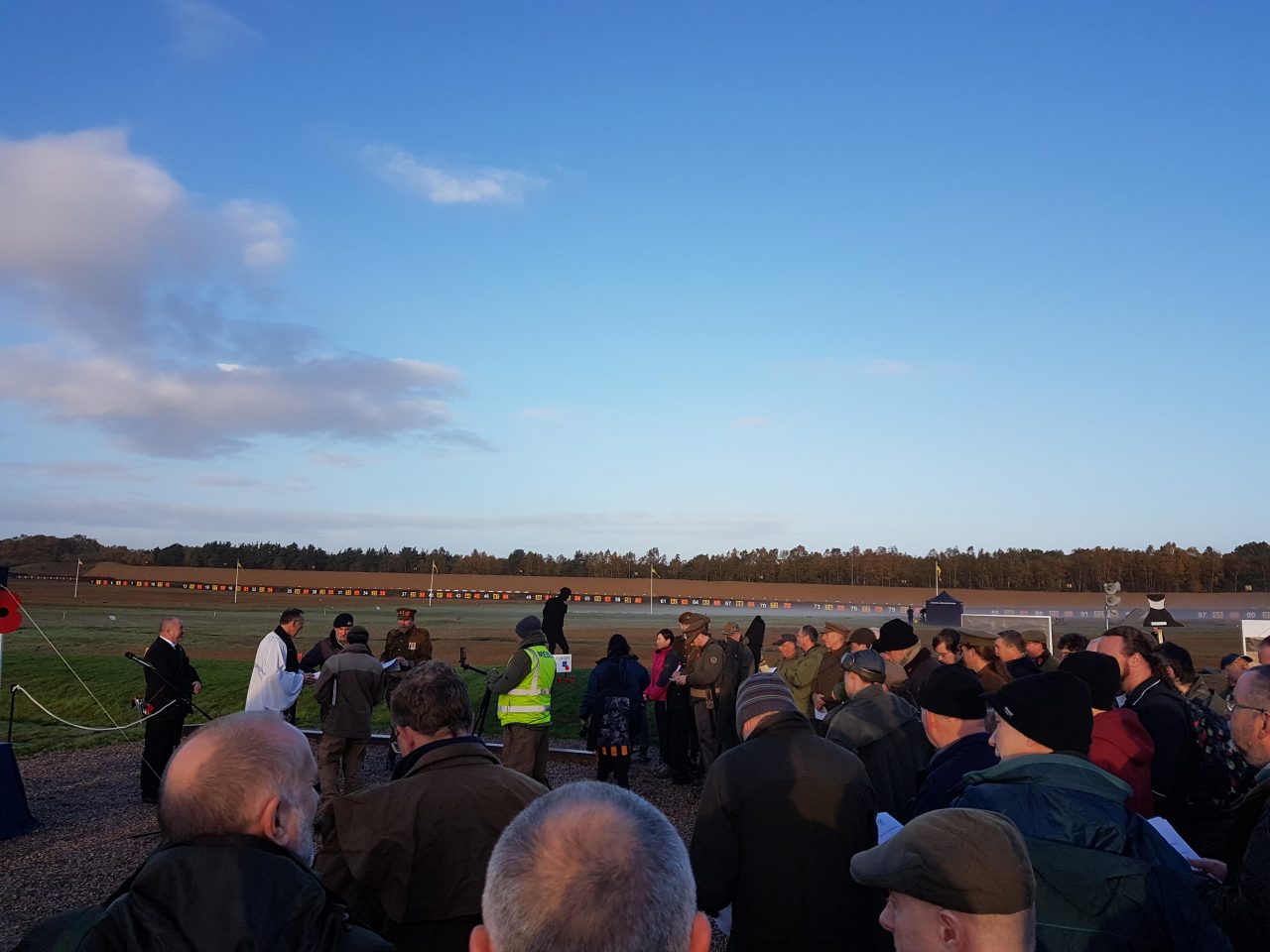
One thing to know about competitive rifle shooting in this discipline, at least at Bisley, is that you will only spend 25% of the time actually behind your rifle. All competitors at this match were split in to 4 details, so for example during the first quarter of the day details 3 and 4 (of which me and my mate were a part) were down in ‘the butts’ putting the targets up and down for details 1 and 2 to shoot at. This is a crucial aspect of traditional military marksmanship and competition with a rifle, as the whole idea is to become accustomed to the fact that in reality your enemy are going to only be out in the open for as little time they can be. They don’t want to be seen and get shot, funnily enough.
When it is time for your half of the cadre to be out on the firing line you will spend half of that time writing down scores for your partner and buddy-checking their chamber is clear when unloading after a string of fire. This all means of course that when it is your turn to pull the trigger you’ve got 2 people putting your targets up and down for you and another person taking your score. There are electronic systems manufactured that can put steel targets up and down and even record scores and a small number of the lanes at Bisley even have such targets, but in my experience such luxuries are fairly rare on civilian and military ranges in the UK.
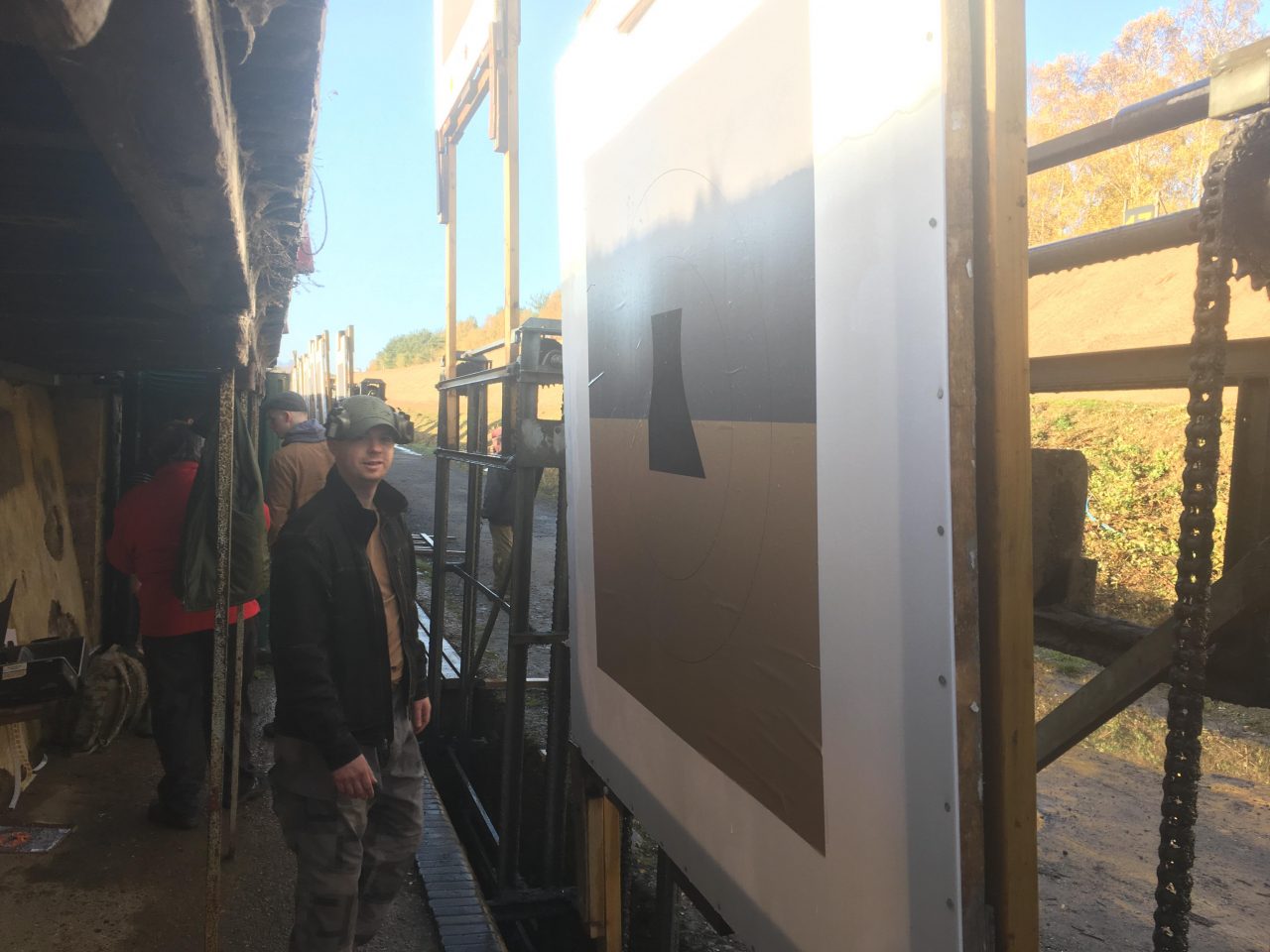
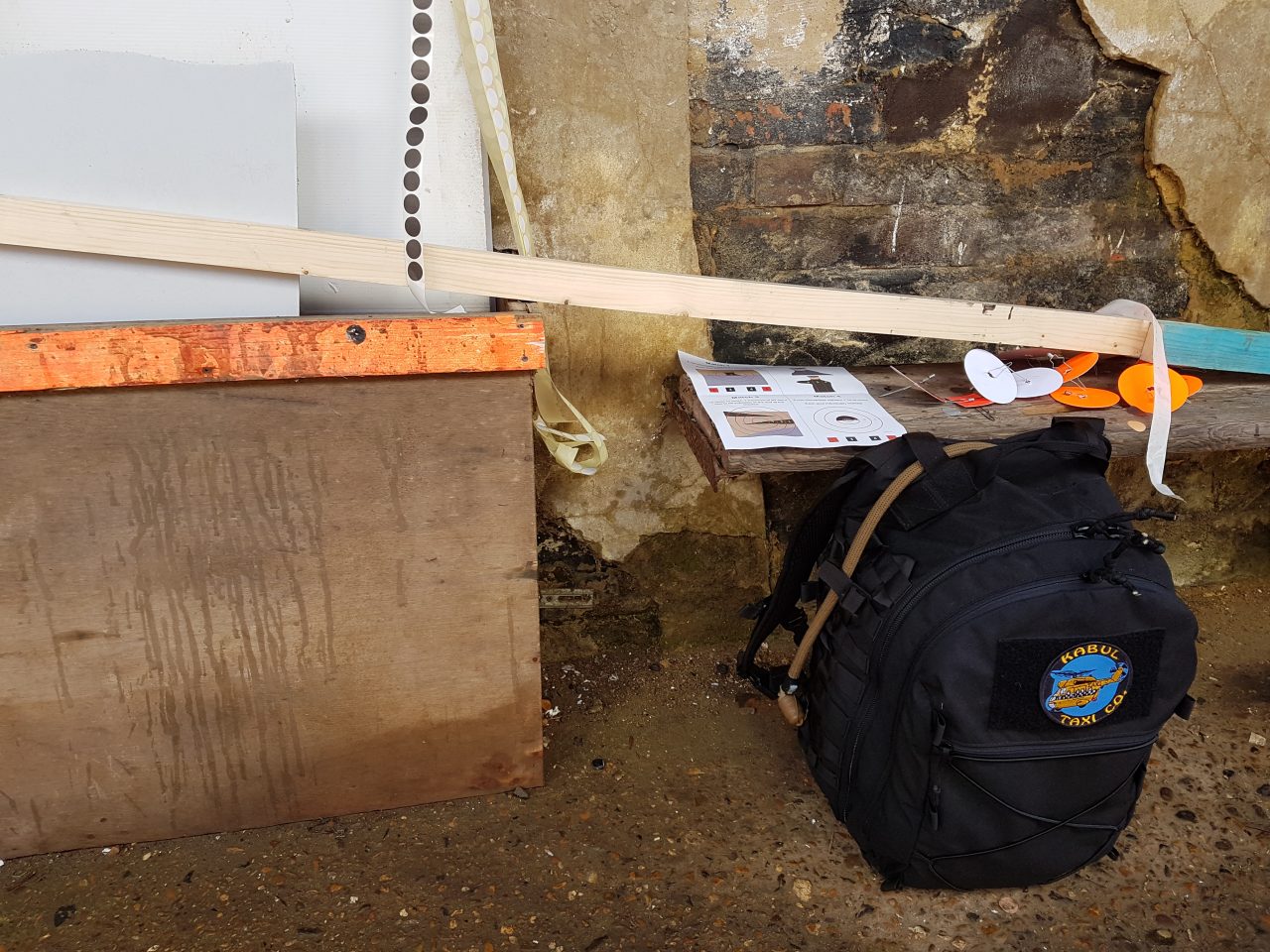
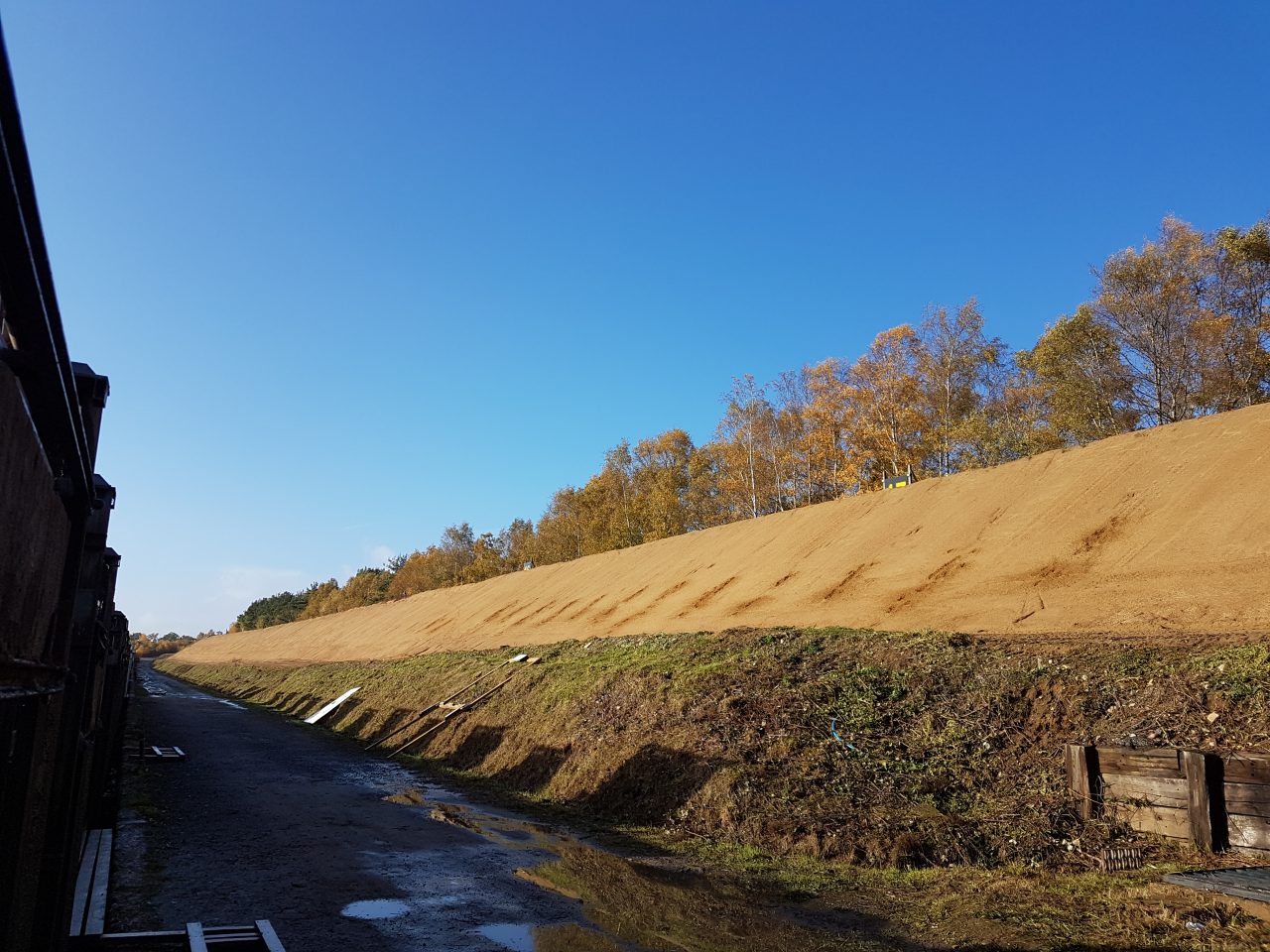
The boots worn by British military personnel up until roughly the 1970s-80s were truly horrendous. An actual nightmare to endure. Since the British military made the transition to the new selection of brown boots from the old standard issue black ‘assault boots’ that were just bare leather inside with no cushioning, poor quality soles and a ridiculous break-in period; things have improved pretty significantly, I’d venture to say we’re almost in the modern age now.

Targetry for the match consisted of modern re-prints of legitimate British Army standard marksmanship practice targets from the 1910s. Given that the Machine Gun was only just coming in to popularity during this time period, the main weapon of war was very much still, at least doctrine wise, the individual man’s rifle and skill in accurate shooting was greatly emphasised. By WW2 (and even late in WW1) this emphasis had changed somewhat in the British military given the advent and proliferation of automatic weapons and the Bren gun in particular, but before that point it was the bolt-action rifle that mattered.
2 of the 5 strings of fire were shot against targets similar to the one shown in the centre of the picture below, which as you’ll note is quite literally just the size of a standard sized man’s head and shoulders. Frankly there are a lot of people in the military now (outside of combat roles) who would struggle to consistently hit a target like this using a 5.56 carbine with a magnified optic from 100m. This entire match was shot from 200 yards (just under 200m) with the rather obsolete notch sights of the No1 SMLE, not even a rear aperture. While the other targets were large screens as depicted here flanking the head target, the high scoring zones on said screens are only the same size as the head, as you’ll note from the size of the black area on the left hand screen. The head-size target is 100% a real representation of a person who is only sticking part of their upper torso up over a ledge, so if you can hit that target you can shoot a person in their head or neck, which is a pretty ‘strong’ thing to imagine doing for want of a better phrase.
For me this targetry was quite a departure from shooting at either little white squares for zeroing, or the standard Figure 11 target board that’s been a mainstay in the armed forces for a long time now. Although funnily enough there are similar head sized targets like the one shown below still used today during inter-services competitive shooting, also presumably for the infantry and other combat arms for whom marksmanship is a stronger focus.
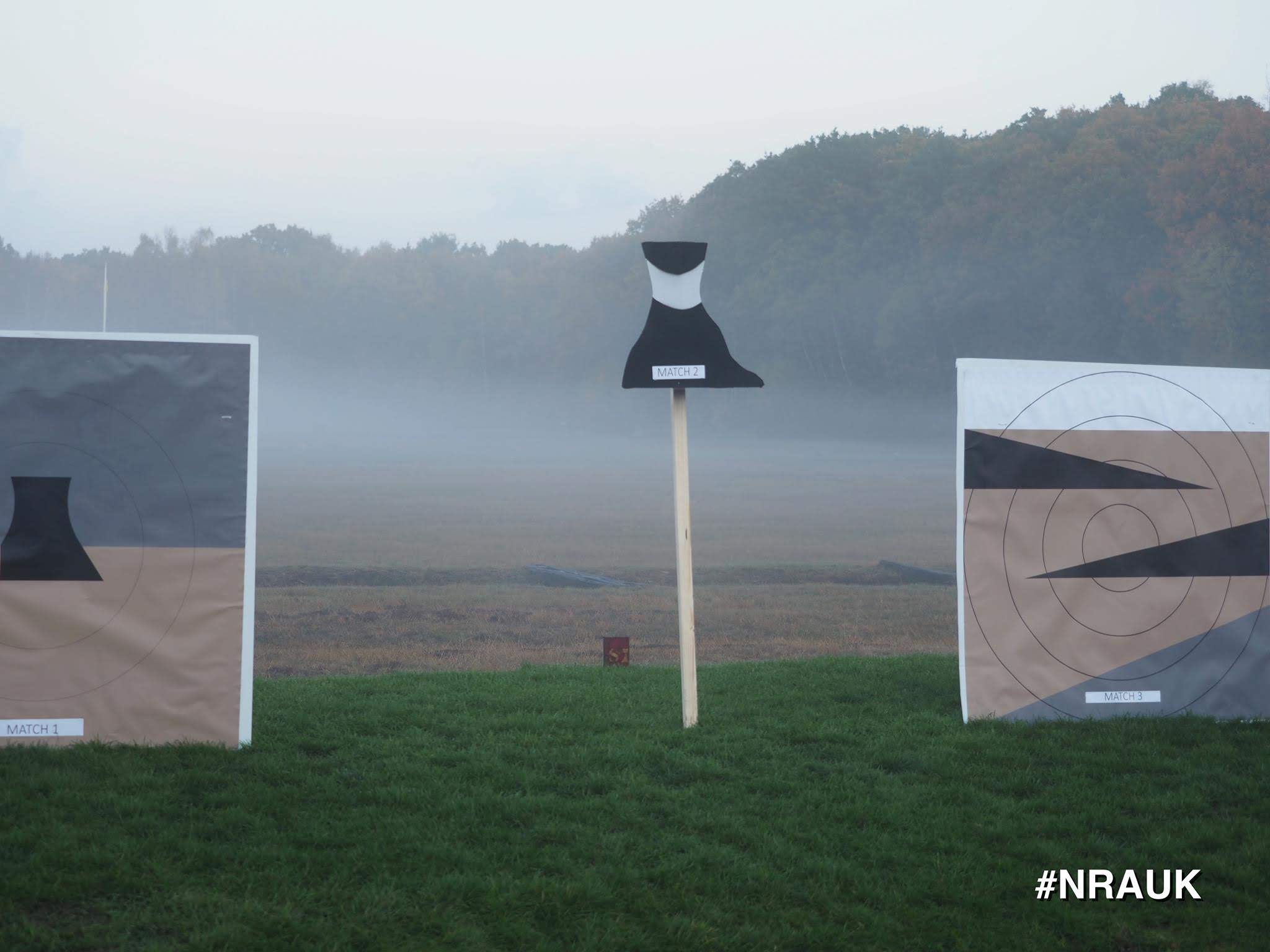
The round count requirement for the full day was 66 cartridges and again we were able to purchase these direct from the UK NRA just to be used on the day alongside the rented rifle. Standard ball rounds with 180 grain bullets, brass, rimmed cases and generally a very premium appearance to them by contrast to most military 556 ball and blank. We certainly suffered no issues related to ammunition accuracy or reliability throughout the event. Unfortunately the rims were not rounded off at the rear as per the proper old military spec, which means you can experience rim-lock stoppages if you don’t load your magazine properly and always place the upper rim in front of the one below it, however we took care to load properly and no issues of this kind reared their heads.
A lot of the shooters who’d brought along their personally owned rifles and ammunition were using stripper clips which we did not have, though that was of little consequence during the competition itself. I do somewhat regret not enquiring about this before the day as loading a fixed magazine in a rifle with clips is not something I’ve been able to experience yet, outside of putting en-blocs loaders in to an M1 Garand. I’m sure the opportunity will arise eventually though, which will certainly be interesting after playing a lot of BF1 in the past couple of years.
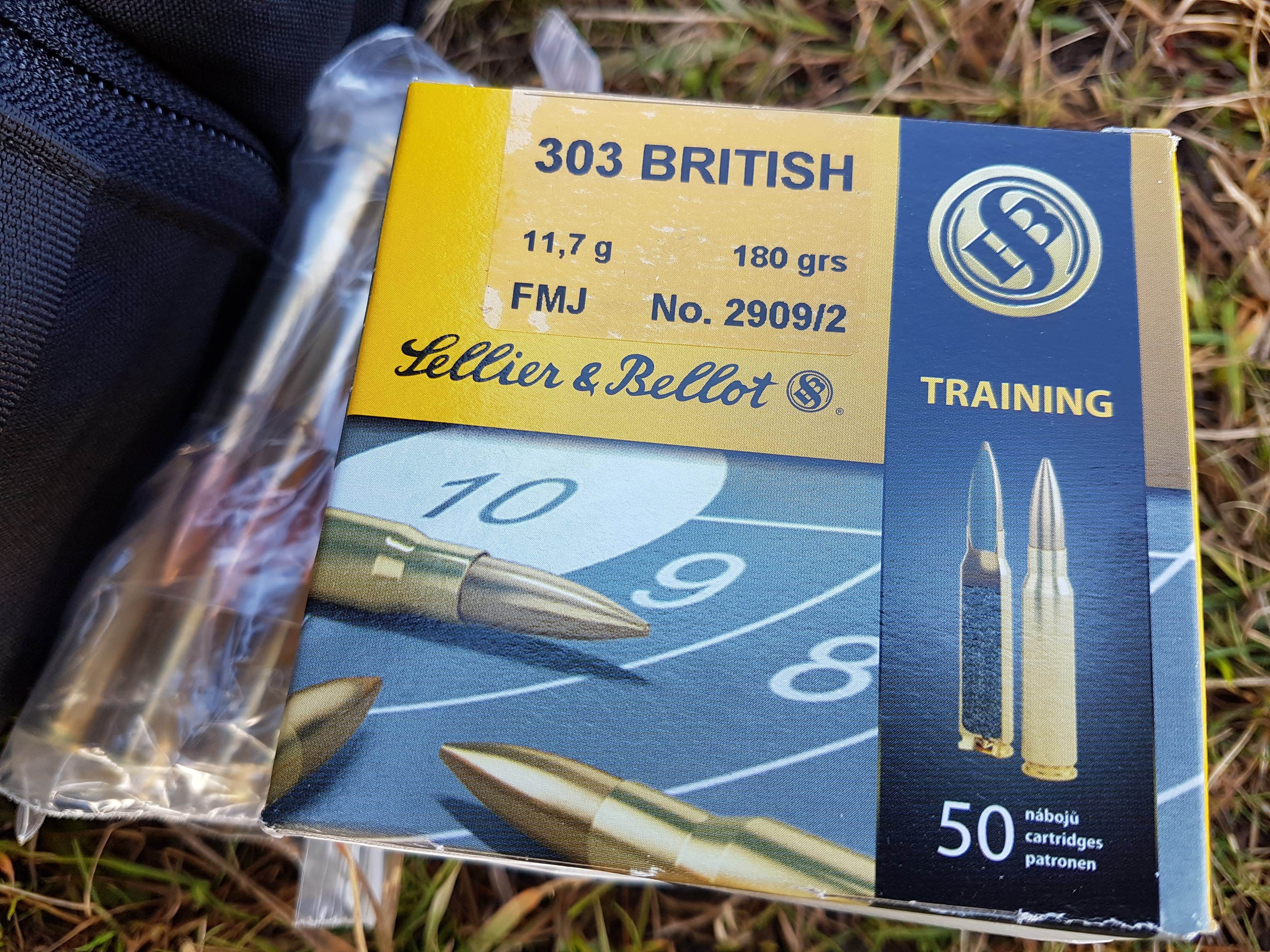
My shooting buddy and I were loaned out our No1 rifle after doing our turn down in the butts and moving back up to the firing line. A 1941 production which of course makes it far later than WW1, though most likely in better condition than any rifle from the 1910s would be at this point. Keep in mind the No4 rifle wasn’t officially adopted by the British until 1941, so the huge amounts of No1 SMLEs in inventory saw substantial active service during World War 2. If I recall correctly both India and Australia never adopted the No4 at all, so given the number of their troops that participated in the conflict it goes to show how much use the No1 rifle from the first world war actually ended up seeing in the second world war.
The particular rifle we used for the day was made at the Lithgow factory in Australia as you can just about discern from the very shallow and worn stamping on the stock socket. How it ended up in the UK I’m not sure, it could well have made its’ way here during or immediately after the war in some soldier’s hands as there is no shortage of Lee-Enfield rifles already in the UK, so I’d be doubtful it was imported specifically for civilian usage. It may even have been sent from Australia to the UK as material aid during WW2, unlikely perhaps, but hard to say given everything that was going on during that time. Far stranger things did happen.

While it pains me to say it in a way, I can’t pretend to be a huge fan of the No1 rifle overall. This is in spite of the fact I would very much rate it generally higher than the 1891 Mosin, 1903 Springfield, Lebel 1886 and Gewehr 98. Rifles of this era are just hard to shoot when you take in to account the last 100 years of firearms development for comparisons’ sake. It’s not that you can’t connect shots and that the bullets won’t do what they need to, it’s just the nature of certain design elements from that period. Ergonomic considerations have come along massively in the last century.
The primary culprits for me are the iron sights, which are of course basic notch and post types as still employed by some rifles like the AK-74M in service today. Unlike an aperture type sight where the rear ghost ring is right back near the shooters’ eye, the No1 rear iron sight is roughly half way down the portion of the gun that lies between the shooters’ eye and the front sight. You lose an awful lot of sight radius this way which is inherently less accurate, slow to acquire a sight picture without fairly extensive practice/training and you can’t see anything below or to the sides of the front sight blade (unlike modern iron sights). I’m not saying this style of sight is unusable by any stretch and there are many historical accounts of very well trained and skilful people pulling off amazing feats of marksmanship with weapons like these, but the fact remains those people would have done even better with a rear aperture and it would’ve probably taken less time in practice to reach the same skill level. The British military even experimented with rear apertures at least as far back as 1911 because they knew that was the way to go.
Fast forwarding somewhat – before the infanteers of the current British military moved over to ACOGs/Elcans on the L85 and the SUSAT was subsequently dispersed amongst the rest of the military (about 5 or so years ago), I spent all my time on the L85 shooting with the weapons’ iron sights, so using these comparatively obsolete predecessors was an eye opener and learning experience in a lot of different ways. They certainly make the irons found on the L85, M16 and G36 seem very easy to use by comparison and that’s without even going in to red dots and other more advanced magnified optics.

The other aspect I personally struggled with is the low height of the sights combined with the very slim nature of the stock/handguard and, to some extent, lack of a bi-pod. It’s perfectly easy to get your eye down to the sights with the drop of the stock of course, but in the prone position it is not immediately obvious how to actually use the sandbag support provided while still elevating the muzzle high enough to aim at targets on the horizon line, or indeed above said line. This is admittedly hard to put across without a picture, but I was myself unable to come up with a prone position that allowed me to actually use the sandbag (even when the stage allowed for supported shooting) while still sufficiently elevating the muzzle.
The position I ended up using to shoot in the prone is depicted slightly further down in this post. I found I really had to slide the support hand a lot further back than I would with any modern rifle in order to get the aforementioned necessary muzzle elevation. Being raised high up on the elbows is not my usual prone shooting style as normally I flatten out as low and as wide as physically possible, with the elbows splayed and the magazine of and L85/AR acting as a mono-pod; but I couldn’t seem to make that work with the No1 given the long stock. Some of the more experienced participants who clearly had a lot of years behind these guns could get in to positions such that the sandbags could take the weight of their support-side forearms with the rifle butts essentially dug down in to the dirt under their chests to get the right angle, but it would definitely take me some more range time to become accustomed to these older style rifles when shooting from the prone.
I also found I had a lot to get accustomed to in terms of the length of the weapon/barrel. With the L85 the rifle’s chamber is almost under your cheek when in a firing stance, or at least behind the hand that’s pulling the trigger. But with the SMLE the chamber is of course forward of the magazine, essentially in the region where your support hand will tend to be gripping the stock, whereas the support hand on a modern rifle can usually manage to take hold almost at the muzzle. That’s a very substantial difference in the ‘starting point’ of the barrel and to your stance, which has a corresponding knock-on effect to the overall length of the rifle, which in turn moves all of the weight and balance much further out forward of the shooter’s centre of gravity.
This is not to say that the rifle is all bad of course, far from it. You have double the magazine capacity of all its’ main comparable contemporaries, a fairly decent 2-stage trigger and the cock-on-close action with a nicely curved bolt handle and nicely manufactured parts makes cycling the gun extremely fast. Anyone who’s fired a Mosin with it’s straight bolt handle, cock-on-open, ‘basic’ machining work and shoddy surface finish will find their bolt speed significantly higher with a No1 or No4. This competition was also the first opportunity I had personally had to use the magazine release on any Lee-Enfield rifle and it is surprisingly not that difficult to remove or re-insert the detachable box magazine. I say surprising as .303 ammunition was always issued as standard on stripper clips throughout both world wars and the ability to change magazines was basically never taken advantage of in either conflict.

We started the morning session down in the butts during which time the sun was out, but of course shortly after we transitioned from being under cover to being out on the field, the rain began.
I should mention at this point that although American shooting competitions tend to comprise of ‘stages’ that form a match and there are usually overall scores, a lot of the military style competitions here in the UK are comprised of ‘matches’ instead of stages and often the scores from the matches have no bearing at all on any of the other matches that for that day. Even though you might only be shooting for a couple of minutes, if you win that match you get a gold medal. Conversely, consistently doing fairly well but placing outside of the podium throughout the day will net you nothing at all. Best to have an absolute disaster of a match then to truly shine in another if silverware is your goal.
The below images were taken during the first match before the clouds rolled over and the rain properly began. Match 1 involved shooting with a No1-appropriate pattern of bayonet affixed. Supposedly having it attached changes your zero quite a bit, although for us on the day there wasn’t anything noticeable in that regard. One would expect shots to land lower than the aiming point given the weight hung on the end barrel, but that did not appear to be the case at the 200 yard line where the whole competition took place. Perhaps it might be noticeable at 400 or more.


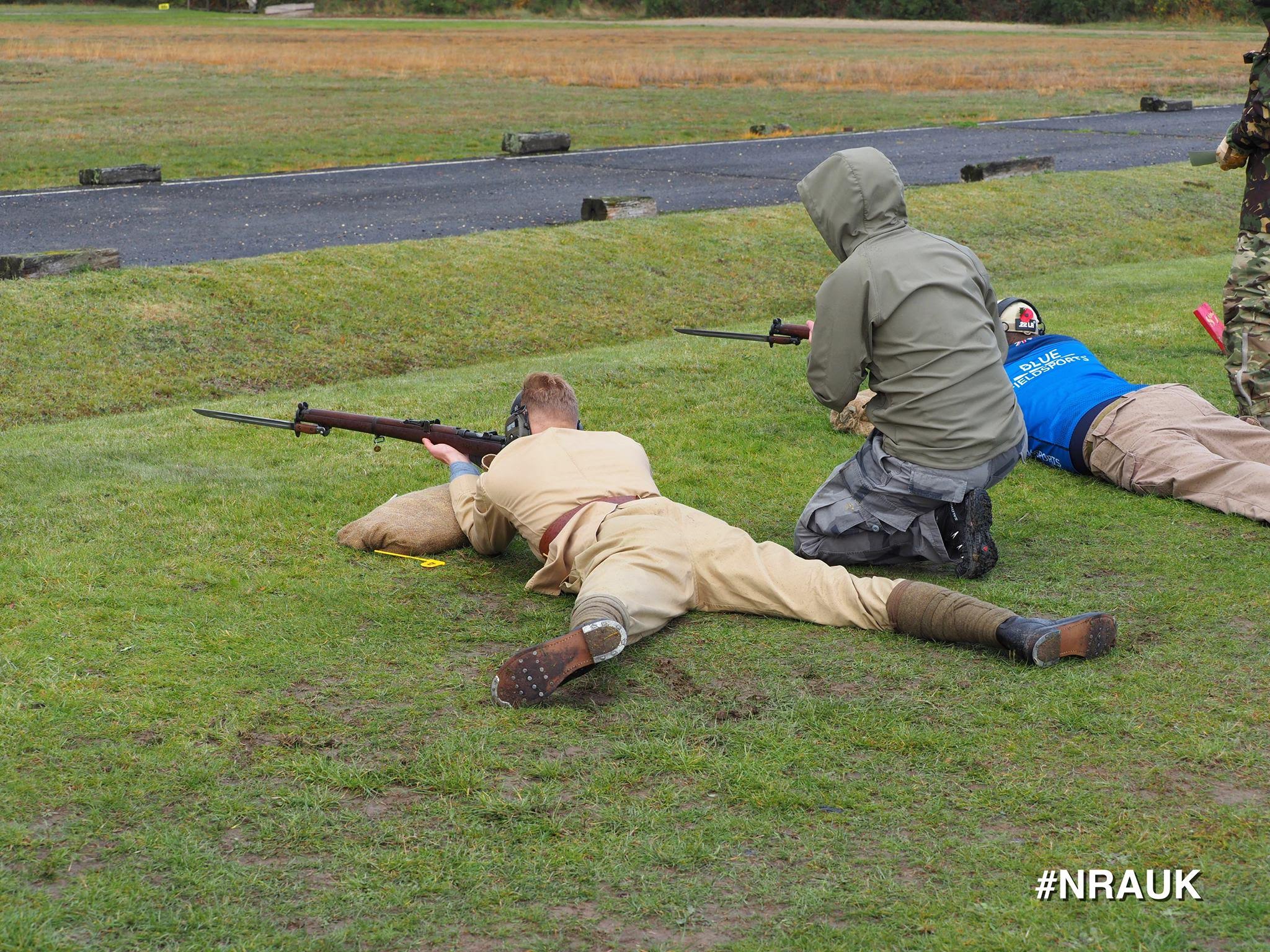
After a well needed curry lunch we headed back down the butts for the 2nd round of managing the targetry during which the weather held, but as in the morning it all changed come our turn back out on the firing line, though more dramatically this time.
Fortunately shooting with a hood up and in somewhat dim, drab conditions did not actually prove to be too bad using the sights on the No1, though I dread to think about how much harder it would have been in the true conditions of trench warfare and wearing the equipment of the 1910s. After shooting at the target comprising only a head and shoulders in the morning, the man-sized target for the afternoon which actually had part of the torso and an upper arm showing was slightly easier to connect to, but I think the image below demonstrates just how small said target actually is at 200 yards without any magnification. I got maybe 1-2 more hits on this target compared to just the head. If you happen to be unsure what the targets actually are in the picture below I wouldn’t blame you, they’re the little black blobs contrasted against the sand berm and running from lanes 71 to (1)00.


Once the actual competition stages were over with, the day was finished off by a ‘demonstration’ shoot of a Vickers machine gun. Nothing replica or reproduction about it, a legitimate functioning MG of the era with all the original matching water cooling gear, cloth belts and appropriate tri-pod. Whether it was pulled from some armoury at Bisley, a military-owned collection or somewhere like the Leeds NFC I have no idea, but there it was and somehow permission was obtained, in 2018, to blast off nearly 2000 rounds of .303 with the general public in attendance. The MG fire was split down in to 4 parts and since the ammo we purchased for the day included some extra rounds to fire alongside the Vickers we were able to do just that. Scroll right down to the bottom of this post for the video.
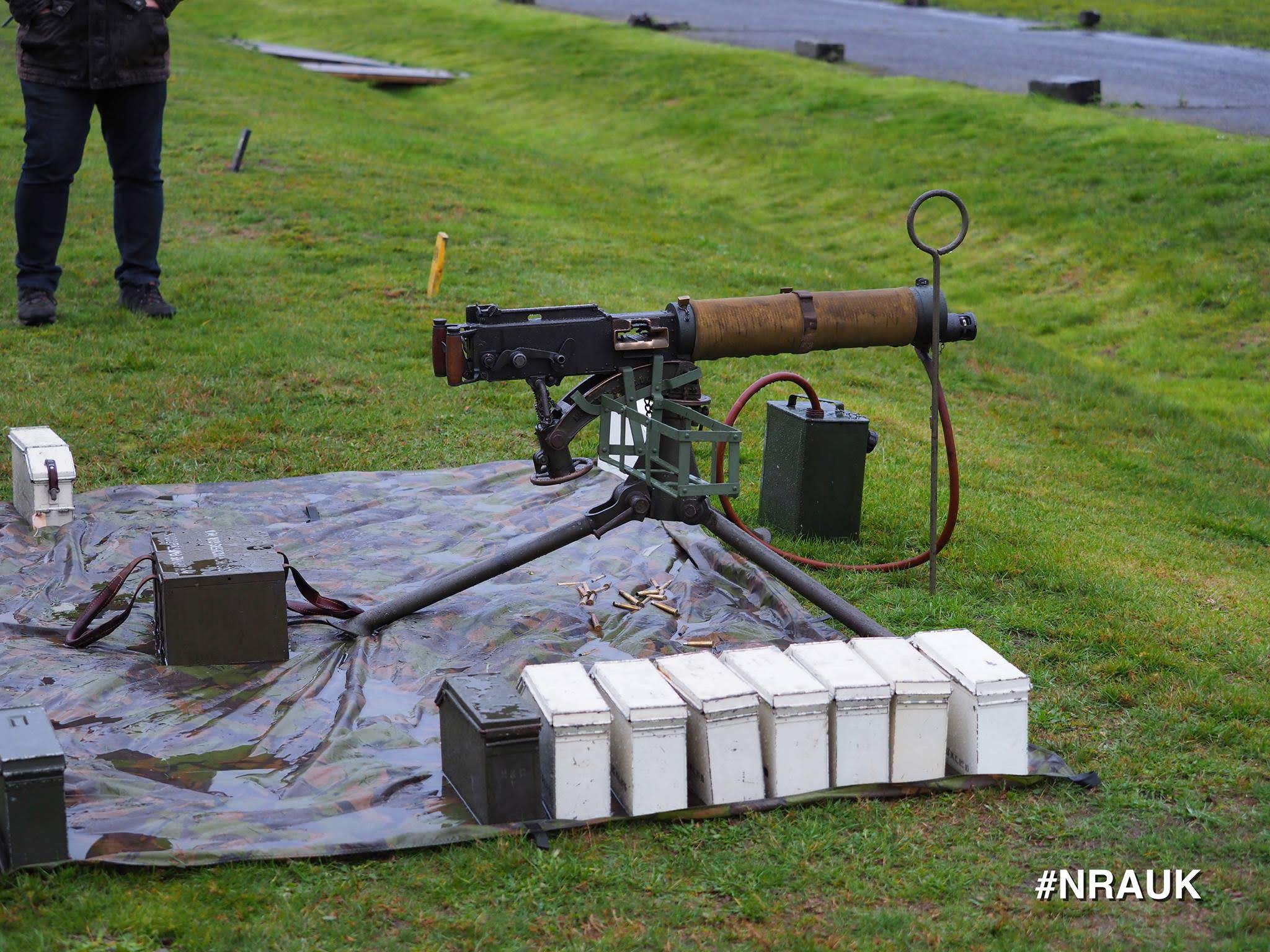
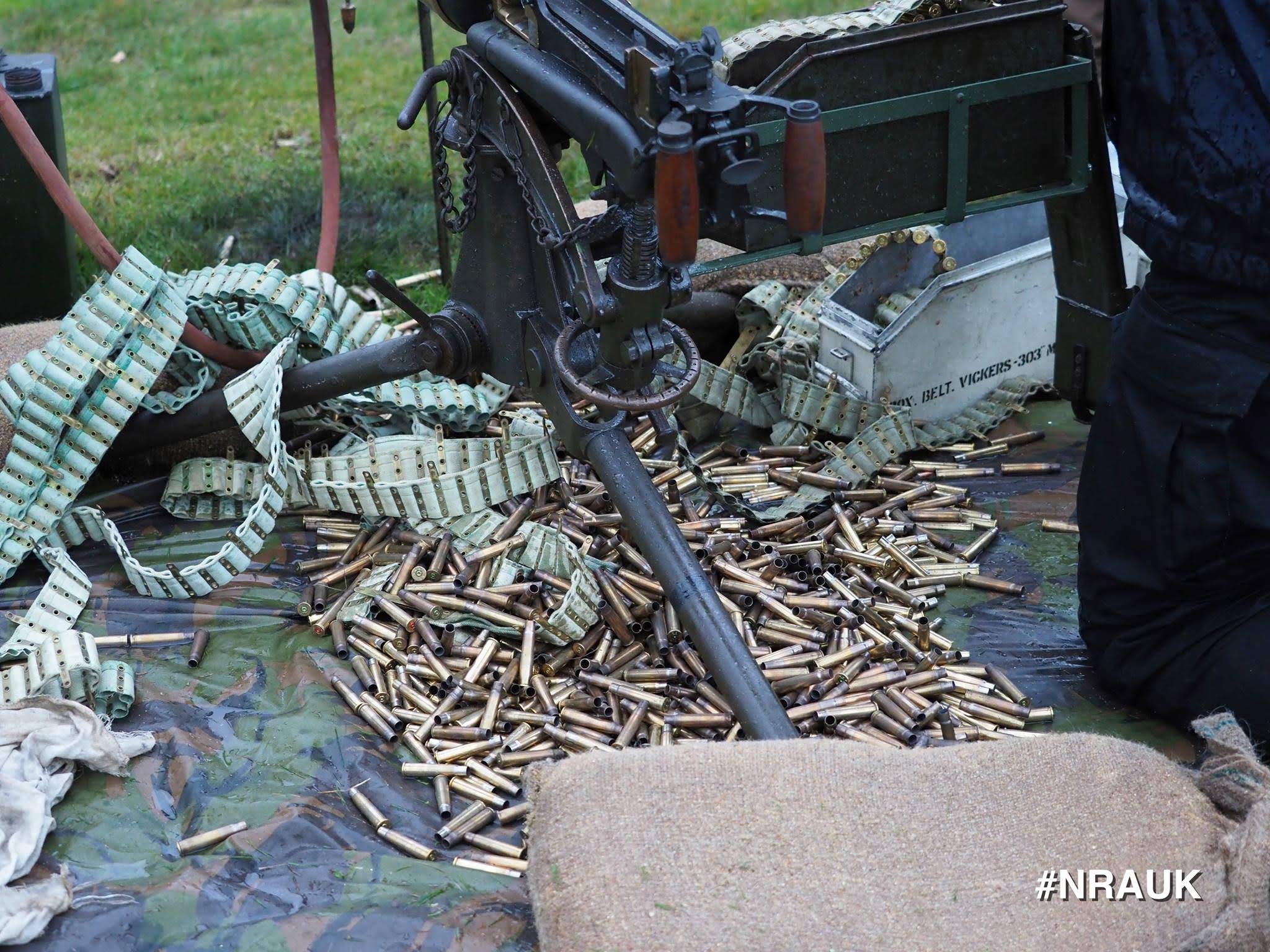
‘Loadout’
The good thing about being outdoors all day of course is that when it rains for a good portion of that day you can figure out how well any given piece of your gear deters said rain. If you manage to stay fairly dry at your core then you’ll also stay warm and that’s what really matters. You can be 100% soaked in warm water and be fine, but it’s always loss of heat that hinders your ability to perform and ultimately can lead to injury or worse in truly extreme situations.
-Salomon XA Pro 3D Mids, GTX – A really old set I’ve posted about previously here on the blog. Manufactured before what I believe was the point when Salomon got too big and too popular and ‘did a Merrell’. Quality dropped right off subsequently. I don’t tend to go for GTX boots of any kind if I’ll be running around much in a temperate climate, but for a comparatively stationary match like this one they were ideal. Kept my feet dry and are far more comfortable given their trainer styling versus 6-8″ conventional military issue style boots.
-USMC Issued Urban-Track pattern BDU cut pants – Many thanks to Ivan from Kit Badger for the lend of these. I had to make sure I wore them to some event that held some modicum of significance at least before returning them to him.
-Tactical Distributors Shooter’s T-Shirt + Under Armor synthetic boxers – Synthetic base layer items like these that wick any water quickly are absolutely foundational in temperate climates in my experience. While your L5 and L6 kit keeps rain out, a good set of base apparel will move the water away from the skin.
-Gruppa 99 Lvl 5 Jacket – No camo or arm velcro. Blocks wind like a champ, holds off some rain, breathes nicely and with more than enough pockets. You cannot beat a good quality, non-insulated L5 jacket when it comes to all around performance in just about any weather and it makes a NYCO BDU or Field shirt seem obsolete by comparison.
-Berghaus Gore-Tex (i.e. PCU L6 equivalent) Jacket – I had a feeling it might well bucket down for the day and a non-insulated Gore-Tex jacket that nicely layers over a softshell was absolutely the right call. I’ve owned the thing for close to a decade now and it does not bead the water the way it did when it was new, but that was a solid reminder for me to run it through a wash with some Nikwax followed by a spin in a warm tumble dryer. Even with its’ age and lack of maintenance it kept the vast majority of rain out, with only some saturation in small areas of the extremities like the cuffs. It’ll be very interesting to see how well the wash and dry has restored the waterproofing performance of this old workhorse of mine.

-The Redback Company, Custom Flexfit style Timmy cap in Desert Night pattern – This match was the longest period I’ve spent solidly wearing the Redback flagship product so far. Extremely comfortable to the point of not feeling like it’s on your head. Regulates temperature nicely, doesn’t hold much volume of water at all. Definitely a warm weather cap yet still served me well in the cooler conditions and rain.
-3M Peltor Comtac XP Electronic ear pro – My go to set of hearing protection for all shooting (work and recreational) and indoor airsoft use for probably 5 years now. Night and day compared to foamies that may protect your hearing but certainly do not help you in hearing range commands.
-SKD Tac PIG FDT-Delta gloves – I only wore these briefly at this match, but they performed just as I’d expect from a PIG glove. Peerless dexterity that feels essentially no different to just bare hands. They take some of those annoying cuts and scrapes you’d incur otherwise, but don’t impede manipulation of a firearm in the slightest.
-Mil-Spec Monkey CYOA Pack – Before I last deployed I spent a couple of days on ranges with my MSM BOSS Beaver bag that I’ve reviewed previously. It was sat out on an entirely exposed field for many, many hours simply getting rained on and didn’t let water in from above or allow it to soak through from underneath. This is the beauty of proper mil-spec 500D cordura, being nylon to start with and the fact it always comes with a permanent waterproof coating. The CYOA performed just as well as the BOSS and quite literally kept my powder dry as I had my .303 ammo for the day stored inside it while the rain came down.
-Source 2L Bladder – I’ve only ever purchased a couple of Source bladders and frankly, unless some other company comes up with a miraculous new way to keep water warm/cool for days in any climate or defy physics in terms of mass or volume, I’m not foreseeing any need to ever replace them. It’ll take a lifetime of regular use to wear out one of these bladders, let alone occasional usage.
Ian of Forgotten Weapons fame was very much swamped the whole day with people getting pictures and chatting etc, which I was not at all surprised by given the type of crowd present for the match. I’d be very surprised if the majority of attendees weren’t subscribers of his channel or at the very least aware of it. I’ve been able to meet him (just briefly) twice now and although he’s very much drowned in attention at SHOT show and the like he maintains a very friendly demeanour and always smiles in pictures. I very much wish him the best of luck in maintaining that ability to be jolly with strangers, because we live in an age where more people are more famous than ever thanks to YouTube and other social media, even if they only get recognised when within their niche fields. This is going off track, but something I do find interesting is the cult of celebrity just in the way it changes people and how it grinds them down in terms of getting approached a lot for pictures etc and the way it inhibits them living their daily lives when going above a certain level of fame; most people who don’t have that or rarely get recognised will very much enjoy occasional recognition, but the reality is it grinds people down after years of having too much of it.
Either way, credit to Ian and the many other people who shot the match in the heavy rain while wearing the awful woolen uniforms of the WW1 era. Personally I’ll be sticking to all my DWR Nylon shells and comfy synthetic shoes.

Lastly, if you’ve missed it then be sure to watch what I’d say is the companion video to this article, because if a picture does paint a thousand words then a video paints ten thousand.
Thanks to everyone at the UK NRA who took part in running the match and photo credit to their photographer for all of the images that have their watermark in the corners.

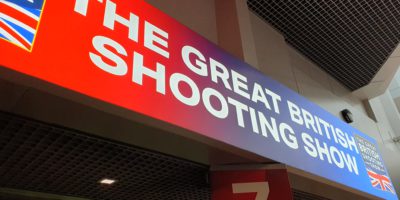


R711
The SMLE was supposedly to be issued with 2 mags, the 2nd was supposed to be used in the case of a dire emergency. However, with budget cuts etc, the 2nd mag was removed from service and used as a primary magazine for another SMLE. If you ever get a chance to fire the SMLE MkV the sight picture is lightyears ahead of the SMLE MkIII* etc.
b0mbh34d
Interesting fact, shame they never brought back multiple mags.